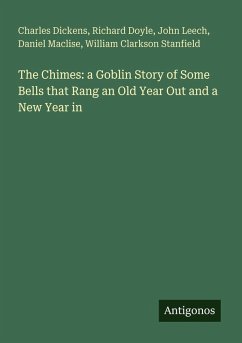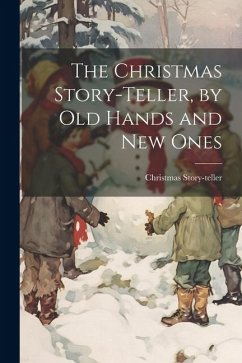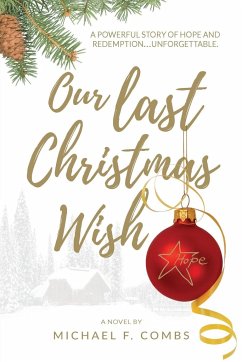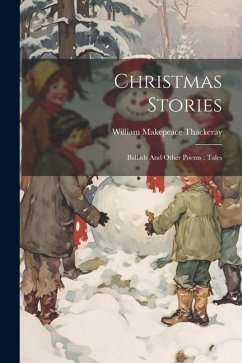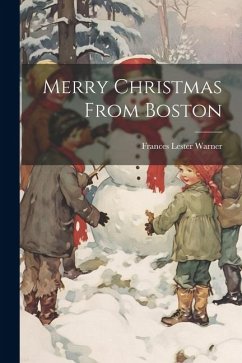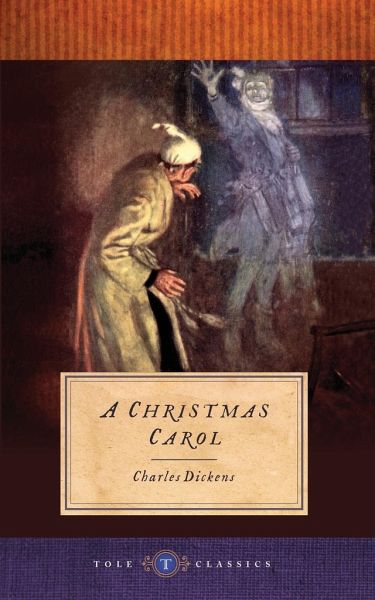
A Christmas Carol
Tole Classics (Illustrated)
Versandkostenfrei!
Versandfertig in 1-2 Wochen
10,99 €
inkl. MwSt.

PAYBACK Punkte
5 °P sammeln!
A new and beautiful edition of A Christmas Carol by Charles Dickens first published in 1843 with John Leech's illustrations. Tole Publishing is pleased to offer this classic book with a modern touch. The first illustrator of A Christmas Carol was John Leech and our book contains his illustrations set in the story and printed with the best scans available. They are of print quality, you will not be disappointed in them. Our book also includes... 13 more of some of the best illustrations over the years in our Gallery of Illustrations by Arthur Rackman, Frederick Simpson Coburn, A.C. Michael, and...
A new and beautiful edition of A Christmas Carol by Charles Dickens first published in 1843 with John Leech's illustrations. Tole Publishing is pleased to offer this classic book with a modern touch. The first illustrator of A Christmas Carol was John Leech and our book contains his illustrations set in the story and printed with the best scans available. They are of print quality, you will not be disappointed in them. Our book also includes... 13 more of some of the best illustrations over the years in our Gallery of Illustrations by Arthur Rackman, Frederick Simpson Coburn, A.C. Michael, and Sol Eytinge (added to the end of the book) Easy-to-read text in a beautiful typeset The original preface by Dickens (not all modern versions contain this) A Christmas Carol is a story about Ebenezer Scrooge's redemption from greed. He is a miser who, before Christmas day, is visited by the ghost of his former business partner Jacob Marley and three Christmas spirits: past, present, and future. After their visits, Scrooge is transformed into a kind and loving soul.






